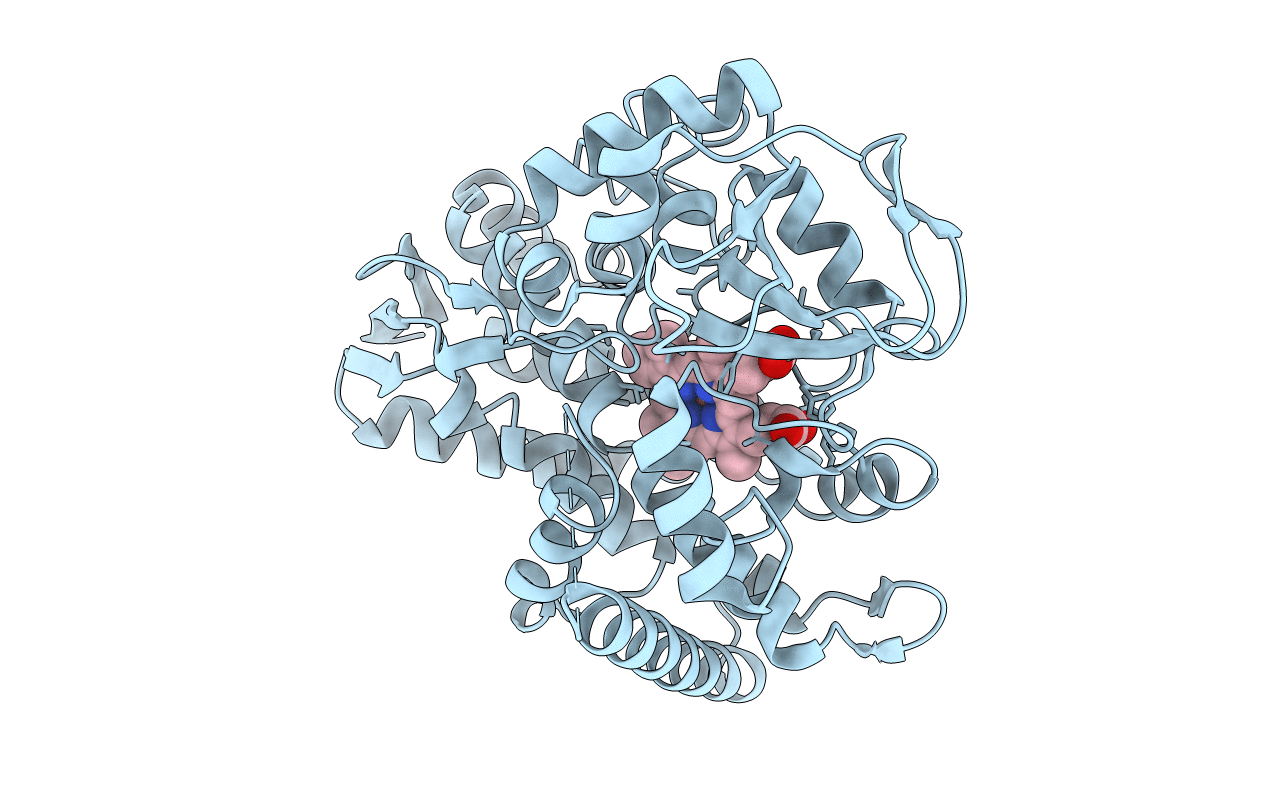
Deposition Date
2011-08-29
Release Date
2012-02-29
Last Version Date
2023-11-01
Entry Detail
PDB ID:
3TKT
Keywords:
Title:
Crystal structure of CYP108D1 from Novosphingobium aromaticivorans DSM12444
Biological Source:
Source Organism:
Novosphingobium aromaticivorans (Taxon ID: 279238)
Host Organism:
Method Details:
Experimental Method:
Resolution:
2.20 Å
R-Value Free:
0.23
R-Value Work:
0.18
R-Value Observed:
0.18
Space Group:
H 3 2


